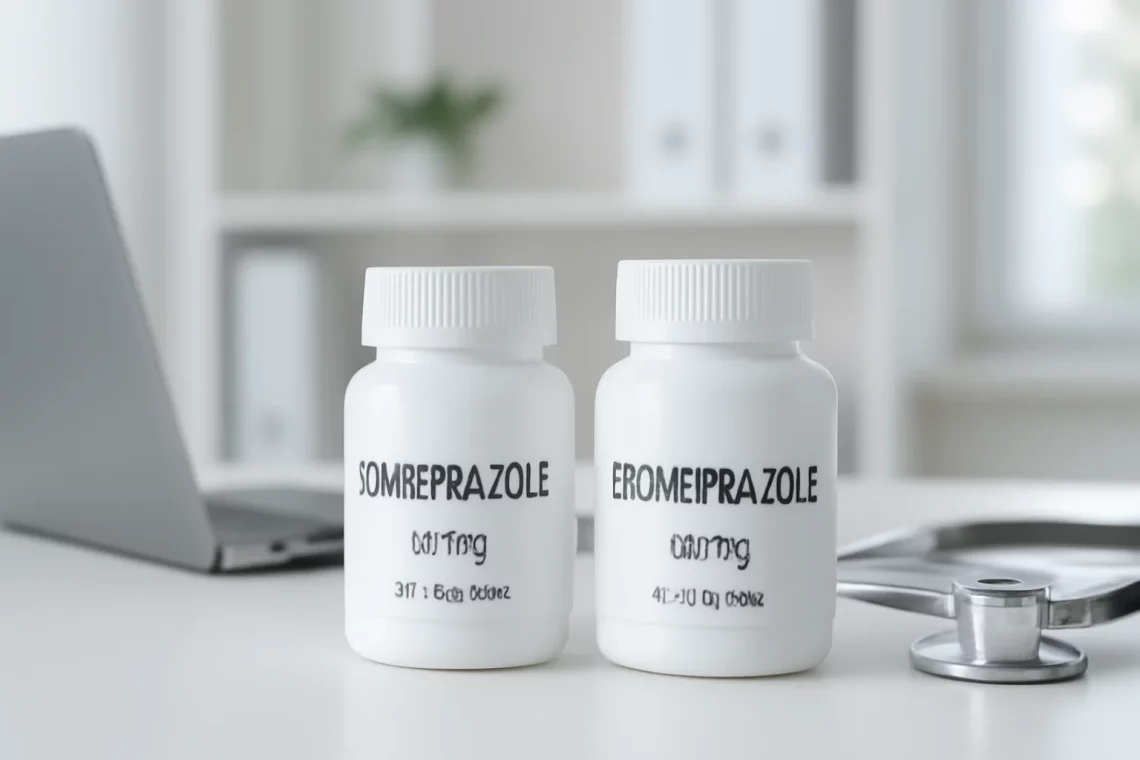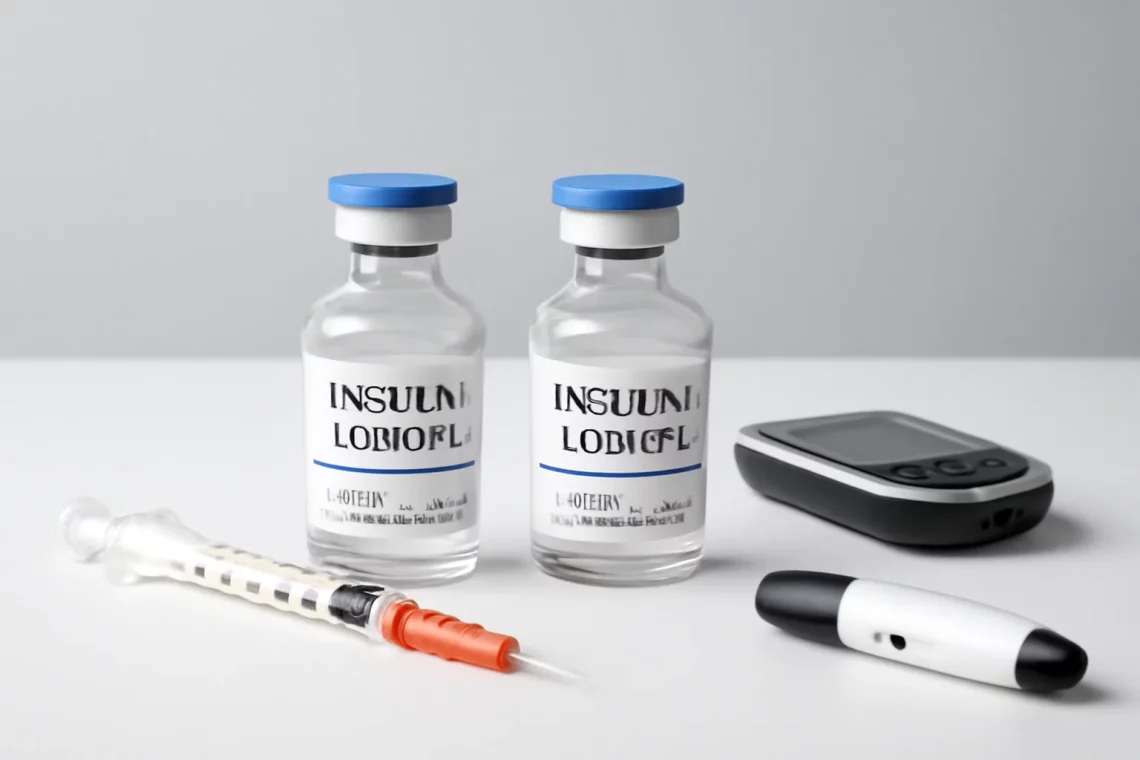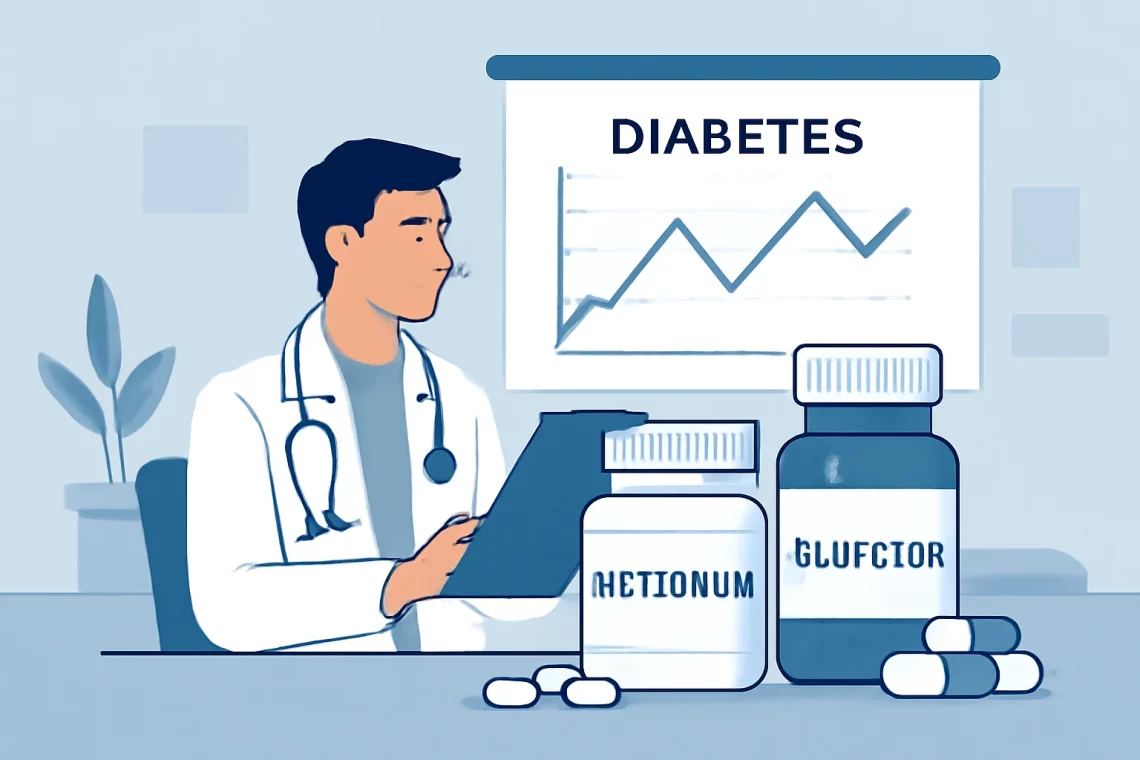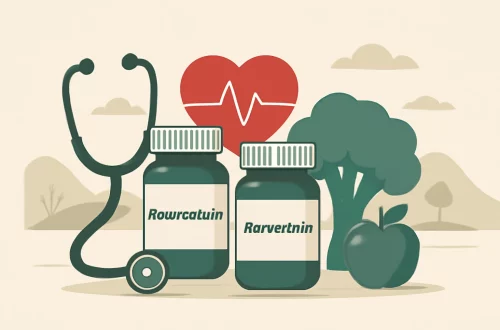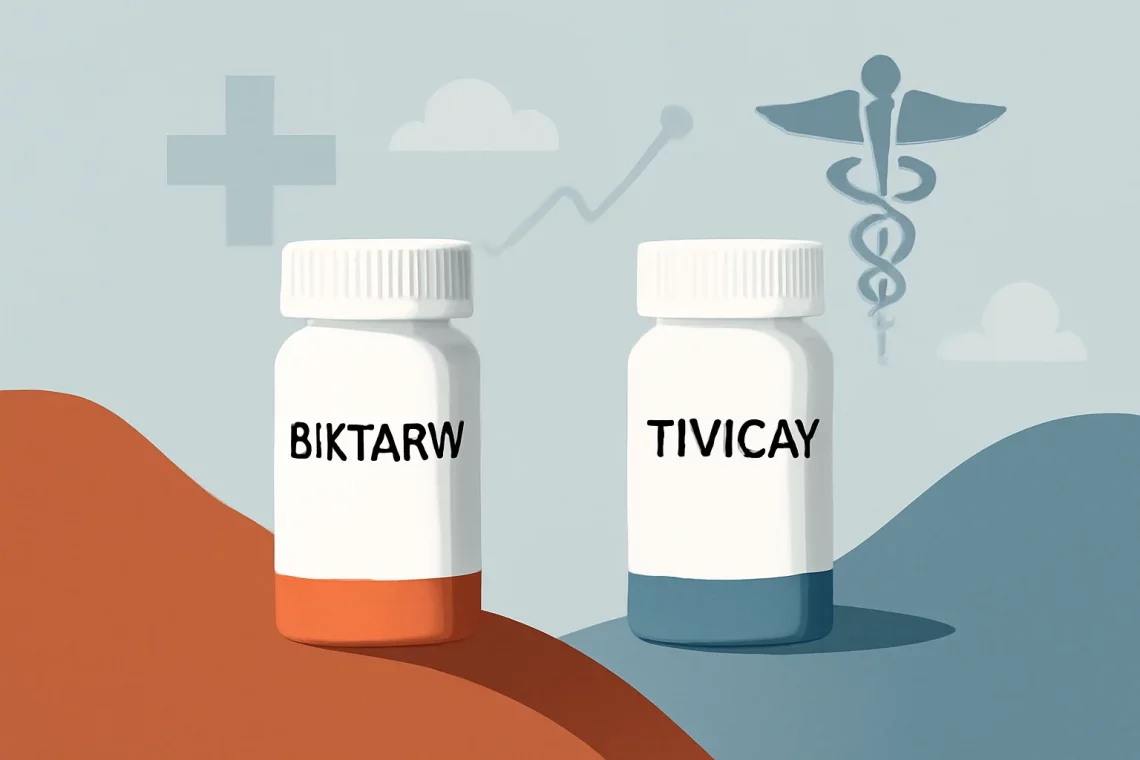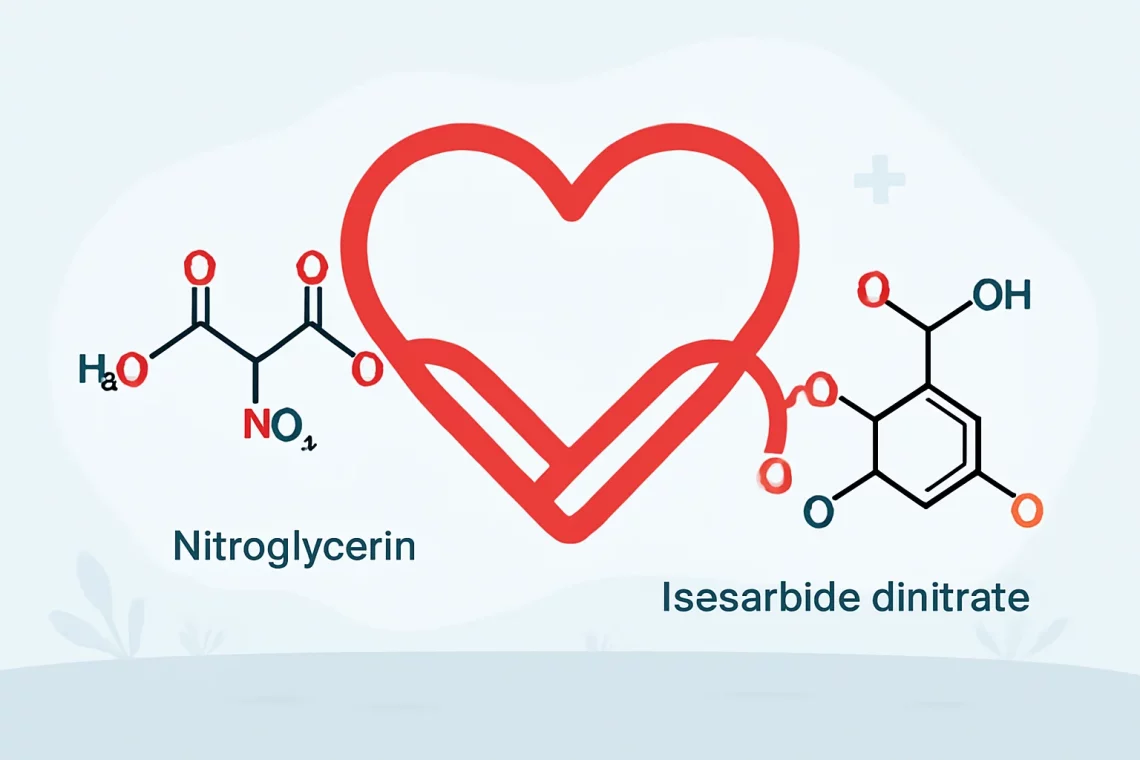-
Nurtec vs Emgality: A Comprehensive Comparison of Migraine Treatments
Migraine is a debilitating condition that affects millions of individuals worldwide, often leading to significant disruptions in daily life. As awareness of migraine’s impact grows, so does the demand for effective treatments. Two medications that have gained attention in recent years are Nurtec and Emgality. Both options are designed to assist those suffering from migraines, but they operate through different mechanisms and have unique properties. Understanding the nuances between these two medications can empower patients to make informed choices about their treatment plans. Factors such as onset of relief, duration of action, side effects, and the frequency of administration play a crucial role in determining which medication may be more…
-
Omeprazole vs Esomeprazole: Which Is Right for Your Treatment?
Omeprazole and esomeprazole are two widely used medications that belong to a class known as proton pump inhibitors (PPIs). These drugs are primarily employed to treat conditions related to excessive stomach acid, such as gastroesophageal reflux disease (GERD), peptic ulcers, and Zollinger-Ellison syndrome. The growing prevalence of acid-related disorders has led to an increased interest in these medications, prompting both healthcare providers and patients to explore their options for effective treatment. Understanding the differences and similarities between omeprazole and esomeprazole is essential for making informed decisions about acid-reducing therapies. While both medications aim to alleviate symptoms associated with acid overproduction, their chemical structures, pharmacokinetics, and side effect profiles can influence…
-
Insulin Aspart vs Insulin Lispro: Which One Is Right for You?
Insulin therapy is a cornerstone in the management of diabetes, particularly for individuals with type 1 diabetes and those with advanced type 2 diabetes. Among the various forms of insulin available, rapid-acting insulins such as Insulin Aspart and Insulin Lispro are widely used due to their ability to mimic the body’s natural insulin response to meals. Both types of insulin are designed to provide quick control over blood sugar levels during and after eating, making them essential tools for diabetes management. Understanding the differences and similarities between Insulin Aspart and Insulin Lispro can help patients and healthcare providers make informed decisions regarding insulin therapy. These two insulins are often compared…
-
Metformin vs Glipizide: Which is Better for Managing Diabetes?
Metformin and Glipizide are two widely used medications in the management of type 2 diabetes. As the prevalence of diabetes continues to rise globally, understanding the differences, benefits, and potential drawbacks of these medications is essential for patients, caregivers, and healthcare professionals alike. Both drugs function through distinct mechanisms to help control blood sugar levels, but their applications, efficacy, side effects, and patient experiences can vary significantly. Metformin, often viewed as a first-line treatment, works primarily by decreasing glucose production in the liver and increasing insulin sensitivity in muscle tissues. On the other hand, Glipizide belongs to a class of drugs known as sulfonylureas, which stimulate the pancreas to release…
-
Fentanyl Patch vs Butrans: Understanding Pain Management Options
The use of transdermal patches for pain management has gained significant attention in recent years. Among the various options available, Fentanyl patches and Butrans patches are two prominent choices. Both medications are designed to provide continuous pain relief, but they operate through different mechanisms and are indicated for varying types of pain. Understanding the nuances between these two options is crucial for patients and healthcare providers alike. Fentanyl patches deliver a potent opioid analgesic, making them suitable for managing severe pain, often associated with chronic conditions or postoperative recovery. On the other hand, Butrans patches contain buprenorphine, a partial opioid agonist that offers a different approach to pain relief. This…
-
Vraylar vs Geodon: A Comprehensive Comparison of Antipsychotic Medications
Vraylar and Geodon are both medications commonly used in the treatment of mental health disorders, particularly schizophrenia and bipolar disorder. Each of these drugs belongs to a class known as atypical antipsychotics, which are designed to help manage symptoms of these conditions by altering the effects of neurotransmitters in the brain. The choice between Vraylar and Geodon can significantly impact a patient’s quality of life, as both medications have different mechanisms of action, side effects, and efficacy profiles. In recent years, there has been a growing interest in understanding how these medications compare, as patients and healthcare providers alike seek the most effective treatment options available. Factors such as dosage,…
-
Fentanyl vs Tramadol: Understanding Pain Management Options
Fentanyl and tramadol are two medications that have gained significant attention in the medical community and the media alike. Both are used to treat pain, but they operate in fundamentally different ways and belong to different classes of pain relief medications. Fentanyl, a potent synthetic opioid, is often utilized in severe pain management scenarios, especially for patients undergoing major surgeries or experiencing extreme discomfort. In contrast, tramadol is classified as a non-opioid analgesic with a dual mechanism of action that makes it more suitable for moderate pain relief. The rise in the use of both medications has sparked discussions about their safety, efficacy, and potential for addiction. Fentanyl is notorious…
-
Biktarvy vs Tivicay: Comparing Two Leading HIV Treatment Options
In recent years, the landscape of HIV treatment has evolved significantly, leading to the development of various antiretroviral therapies. Among these, Biktarvy and Tivicay have emerged as two prominent options for managing the virus effectively. As individuals living with HIV seek to understand their treatment options, it is crucial to explore the distinctions, efficacy, and overall impact of these medications. Both Biktarvy and Tivicay are designed to help individuals maintain viral suppression and improve their quality of life. They belong to different classes of antiretroviral drugs, which means their mechanisms of action, dosing regimens, and potential side effects can vary significantly. Understanding these differences can empower patients and healthcare providers…
-
Tamsulosin vs Alfuzosin Which is Better for Treating BPH?
The management of benign prostatic hyperplasia (BPH) has become a significant concern for many men as they age. This condition, characterized by an enlarged prostate gland, can lead to uncomfortable urinary symptoms such as frequent urination, difficulty starting urination, and a weak urine stream. As a result, various treatment options have emerged to alleviate these symptoms and improve the quality of life for those affected. Among these options, two medications, Tamsulosin and Alfuzosin, have gained prominence for their effectiveness and relatively favorable side effect profiles. Both Tamsulosin and Alfuzosin belong to a class of drugs known as alpha-1 blockers, which work by relaxing the muscles in the prostate and bladder…
-
Nitroglycerin vs Isosorbide: Which is Best for Your Heart Health?
Nitroglycerin and isosorbide are two important medications commonly used in the management of cardiovascular diseases, particularly angina pectoris, a condition characterized by chest pain due to reduced blood flow to the heart. Both of these drugs belong to a class of medications known as nitrates, which work by dilating blood vessels to improve blood flow and decrease cardiac workload. This dilation leads to increased oxygen supply to the heart muscle, alleviating the symptoms of angina. Despite their similar mechanisms, nitroglycerin and isosorbide differ in their formulations, onset of action, duration, and specific indications. Understanding these differences is crucial for patients and healthcare providers when determining the most appropriate treatment plans…




